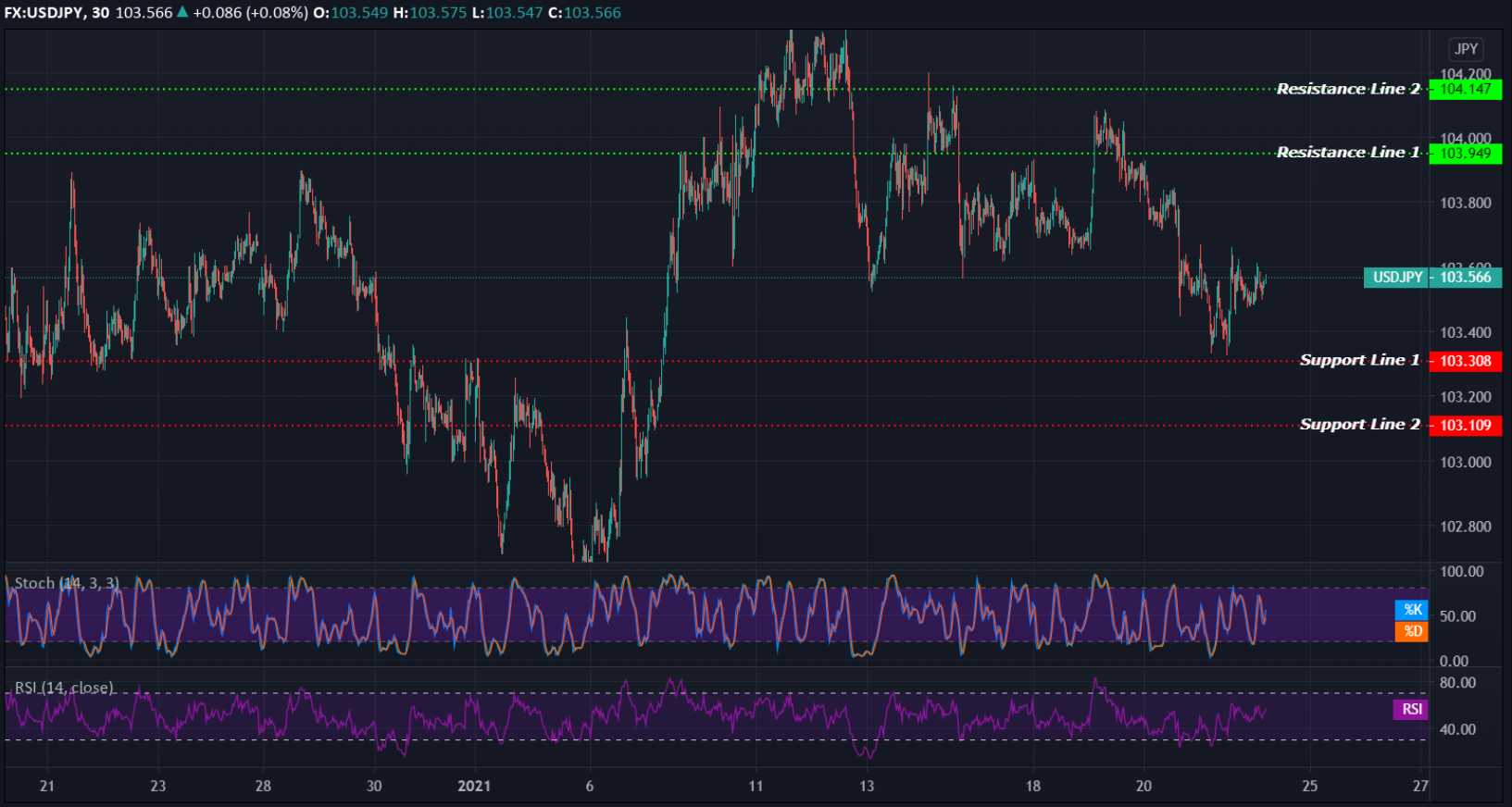EQUITIES
Asia-Pacific markets were lower on Friday, with the Hong Kong’s Hang Seng index leading the losses, slid about -1.50%, followed by the Shanghai composite and the Singapore’s Straits Times index, each -0.73% lower. The Nikkei 225 lost -0.42%, the South Korea’s KOSPI down -0.13%, and the Australia’s S&P/ASX shed -0.29%. The India’s S&P BSE Sensex index little changed from opening.
Overnight on Wall Street, the S&P 500 gained 0.03%, to 3,853.07, and the Nasdaq Composite added 0.55%, to 13,530.92 The Dow Jones Industrial Average fell 0.04%, to 31,176.01, falling into negative territory in the final minutes of trading.
OIL
Oil prices fell on Friday, retreating further from 11-month highs hit last week, on worries that new pandemic restrictions in China will curb fuel demand in the world’s biggest oil importer. The Brent crude futures traded to $55.46 a barrel, while U.S. crude at $52.47.
Overnight, the Brent closed at $56.10 per barrel, while WTI futures ended at $53.13 per barrel.
CURRENCIES
U.S. dollar picked up against a basket of currencies after three straight days of losses, although headed for its worst week of the year on Friday, down 0.7%. The index was at 90.10.
The Australian dollar changed hands at $0.7746, having risen from levels below $0.77 seen earlier in the trading week. New Zealand dollars slipped to $0.7194. The offshore yuan was at 6.4644 per dollar.
Scandinavian currencies have led the charge higher, with the Norwegian crown up 1.8% for the week, helped by Norges Bank’s decision to hold its policy rate. The Swedish crown is up 1.4% for the week.
Bitcoin fell below $30,000 as it continues to retreat, heading toward its sharpest weekly drop since last March.
GOLD
Safe-haven gold slid to $1,862.00 per ounce, while down around $1,861.80 per ounce for gold futures. Previously closed at $1,870.00 and $1,865.90, respectively.
Silver trading at $25.53, platinum trading at $1,106.00 and palladium trading at $2,250.00.
ECONOMIC OUTLOOK
Asian stocks looked set to pull back from an all-time high Friday on some profit-taking and as investors assessed corporate earnings expectations and the prospect economic growth to be bolstered by more U.S. fiscal spending, as well as on the escalating coronavirus cases.
The number of Americans filing new applications for unemployment benefits dipped to 900,000 last week, although remained high.
The au Jibun Bank Flash Japan Manufacturing PMI fell to 49.7 from a final 50.0 in December. The Services PMI falling to a 5-month low of 45.7 from December's 47.7. The Composite PMI, which is calculated using both manufacturing and services, dropped to 46.7 in January from the previous month's final of 48.5.
Japan’s core CPI slumped in December at the fastest annual pace in a decade, fell 1.0% YoY.
To date, number of confirmed worldwide cases for COVID-19 pandemic has surpassed 97.475 million affecting 213 countries and territories around the world and 2 international conveyances, recording more than 2.088 million fatality globally.
TECHNICAL OUTLOOK
[USDJPY]
Important Levels to Watch for Today:
- Resistance line of 103.949 and 104.147.
- Support line of 103.308 and 103.109.
Commentary/ Reason:
The dollar edged higher against the Japanese yen on Friday at 103.569, though still lost over 0.20% over the week.
USD/JPY recovered nearly all its losses overnight as the yen weakened after the BoJ left all its main policy settings unchanged following Thursday's policy meeting and cut its fiscal 2020 GDP estimate (which ends in March) to -5.6% from an October estimate of -5.5%.
The BOJ also retained its projection that Japan's price growth is unlikely to meet its 2% objective before early 2023.
Optimism that the new U.S. administration's massive stimulus package will bolster growth sapped demand for safe-haven currencies, weighting on the dollar.















